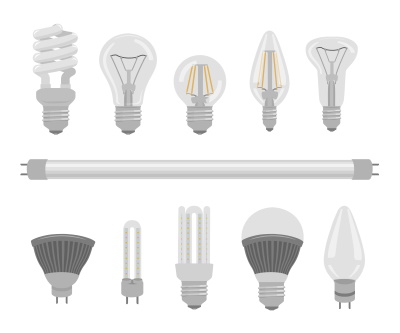The U.S. Department of Energy (DOE) has issued a pre-publication Federal Register notice proposing to codify in the Code of Federal Regulations the 45 lumens per watt backstop requirement for general service lamps that Congress prescribed in the Energy Policy and Conservation Act, as amended.
Legislation + Regulation
GLA Publishes Regulatory Guidelines to Aid Transition to Energy-Efficient Lighting in Emerging Economies
The Global Lighting Association (GLA) has published a document containing a recommended set of regulatory guidelines for general service and linear LED lamps. Based on international standards, they are intended for use by regulatory authorities in developing and emerging economies considering national legislation and associated regulations to accelerate the transition to energy efficient lighting.
DOE Passes on New Energy Standards for Metal Halide Luminaires
The U.S. Department of Energy (DOE) has issued a pre-publication Federal Register notice of a final determination pertaining to energy conservation standards for metal halide luminaires, determining that existing energy conservation standards do not need to be amended.



